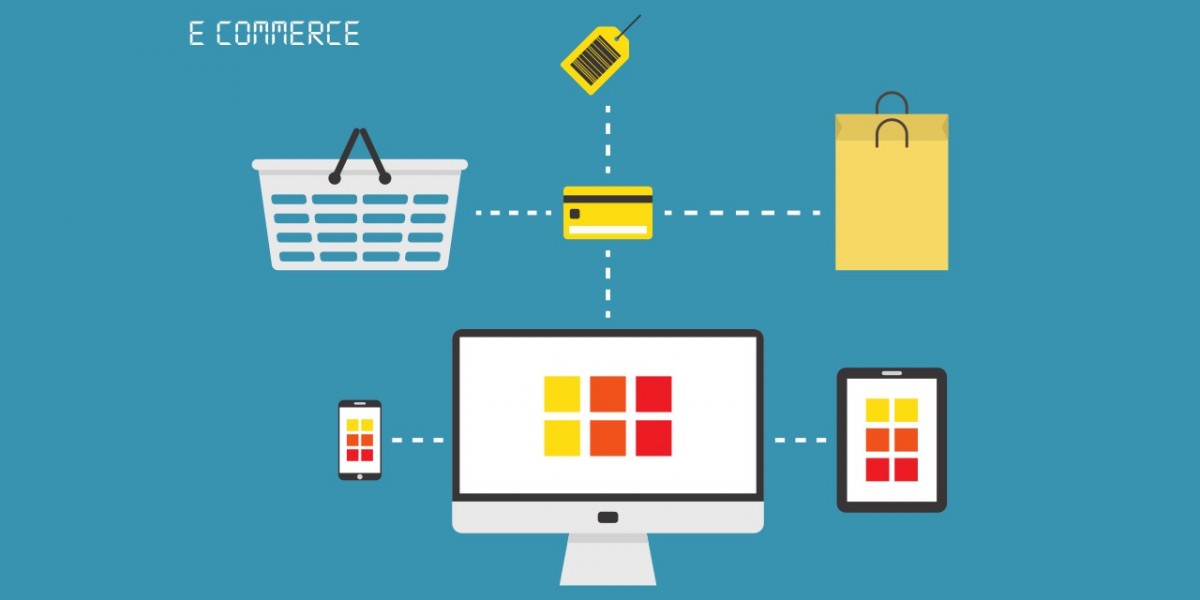The digital marketplace is no longer a novelty; it is the central artery of global retail. Powering this vast network are e-commerce platforms, the sophisticated and often invisible engines that allow brands, from nascent entrepreneurs to multinational corporations, to build, manage, and scale their online presence. As consumer behavior solidifies around digital-first interactions, these platforms are engaged in a fierce technological arms race, leveraging artificial intelligence, pioneering new sales channels, and creating deeply integrated ecosystems to capture the loyalty of merchants worldwide.
According to Straits Research, the global e-commerce platform sector was valued at USD 6.32 billion in 2024 and is expected to grow from USD 6.81 billion in 2025 to reach USD 18.5 billion by 2033, growing at a CAGR of 12.3% during the forecast period (2025-2033). This robust expansion is fueled by the perpetual shift of businesses online, the increasing accessibility of powerful selling tools, and the critical need for a unified commerce strategy in a post-pandemic economy.
Key Players and Strategic Pivots
The competitive landscape is a dynamic mix of established titans and agile specialists. In the United States, Shopify (Canada) continues to be the dominant force for small to medium-sized businesses (SMBs). However, its recent strategy has seen a significant pivot. A major update was the decisive sale of its logistics and fulfillment arm to Flexport. This move, announced in 2023, allows Shopify to sharpen its focus on its core strength: being the essential internet infrastructure for commerce. This refocusing on software and payments, including the expansion of its Shopify Payments system, is a direct challenge to competitors and a bid to improve profitability.
Meanwhile, Adobe Commerce (USA), built on the acquired Magento open-source framework, solidifies its hold on the enterprise segment. Its power lies in deep customization and, crucially, its integration with the Adobe Experience Cloud. A key recent development is the heavy infusion of generative AI across its suite. Features like "AI Product Description Generator" and advanced personalization engines allow major brands to create unique, data-driven customer journeys at an unprecedented scale.
From Asia, the landscape is shaped by ecosystem giants. Alibaba Group (China) dominates its home territory with Taobao and Tmall. Its recent news, however, revolves around international aggression. Its B2C platform, AliExpress, is investing heavily in South Korea and European markets like Spain, leveraging a "choice" model with aggressive pricing and increasingly faster delivery times to compete with Amazon and local players.
Emerging Trends Defining the Next Generation
Three interconnected trends are shaping the roadmap for all major platforms. The first and most significant is the pervasive integration of Generative AI. This goes beyond simple chatbots. AI is now embedded for merchants, automating tasks like generating marketing email copy, creating product imagery, and optimizing search engine rankings, dramatically lowering the skill barrier to launching a professional store.
Secondly, the concept of composable commerce is moving from theory to practice. This architectural approach allows businesses to select and assemble best-of-breed commerce solutions (e.g., a specific checkout from one vendor, a search tool from another) while ensuring they all work seamlessly together. This offers large businesses unparalleled flexibility to innovate without being locked into a single vendor's stack.
Finally, the fusion of social commerce and live shopping is becoming a native feature. Platforms are building deeper, API-level integrations with TikTok, Instagram, and Meta. This allows for products to be tagged and sold directly within live streams and social posts, transforming social platforms from mere marketing channels into direct revenue generators and capturing consumer intent at the very moment of discovery.
The Operating System for Modern Trade
The evolution of e-commerce platforms is signaling their transition from a simple tool to a central operating system for business. They are becoming the command center from which every digital interaction is managed—the website, social sales, physical point-of-sale systems, and customer service. The immense growth forecasted is a direct testament to their indispensable role in the global economy. The future will be won by those platforms that best empower merchants to navigate this complexity, build resilient brands, and deliver frictionless commerce anywhere their customers are.







